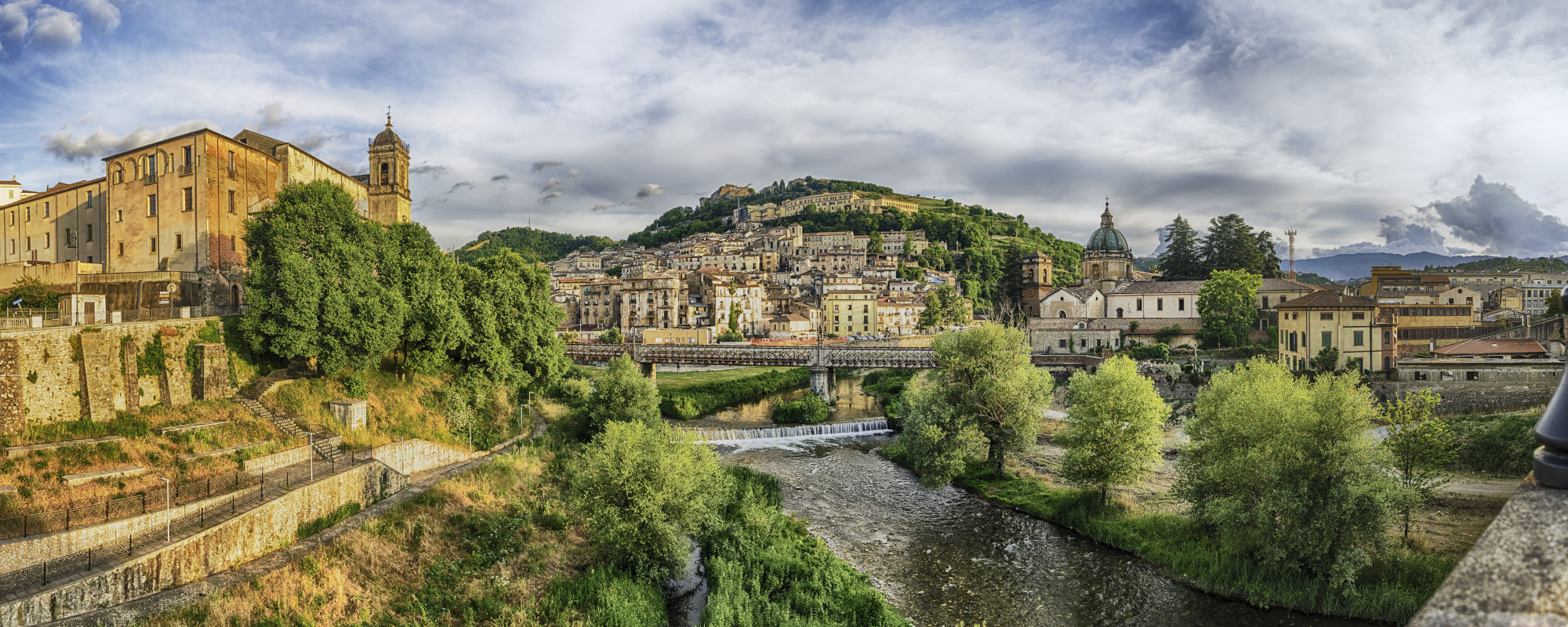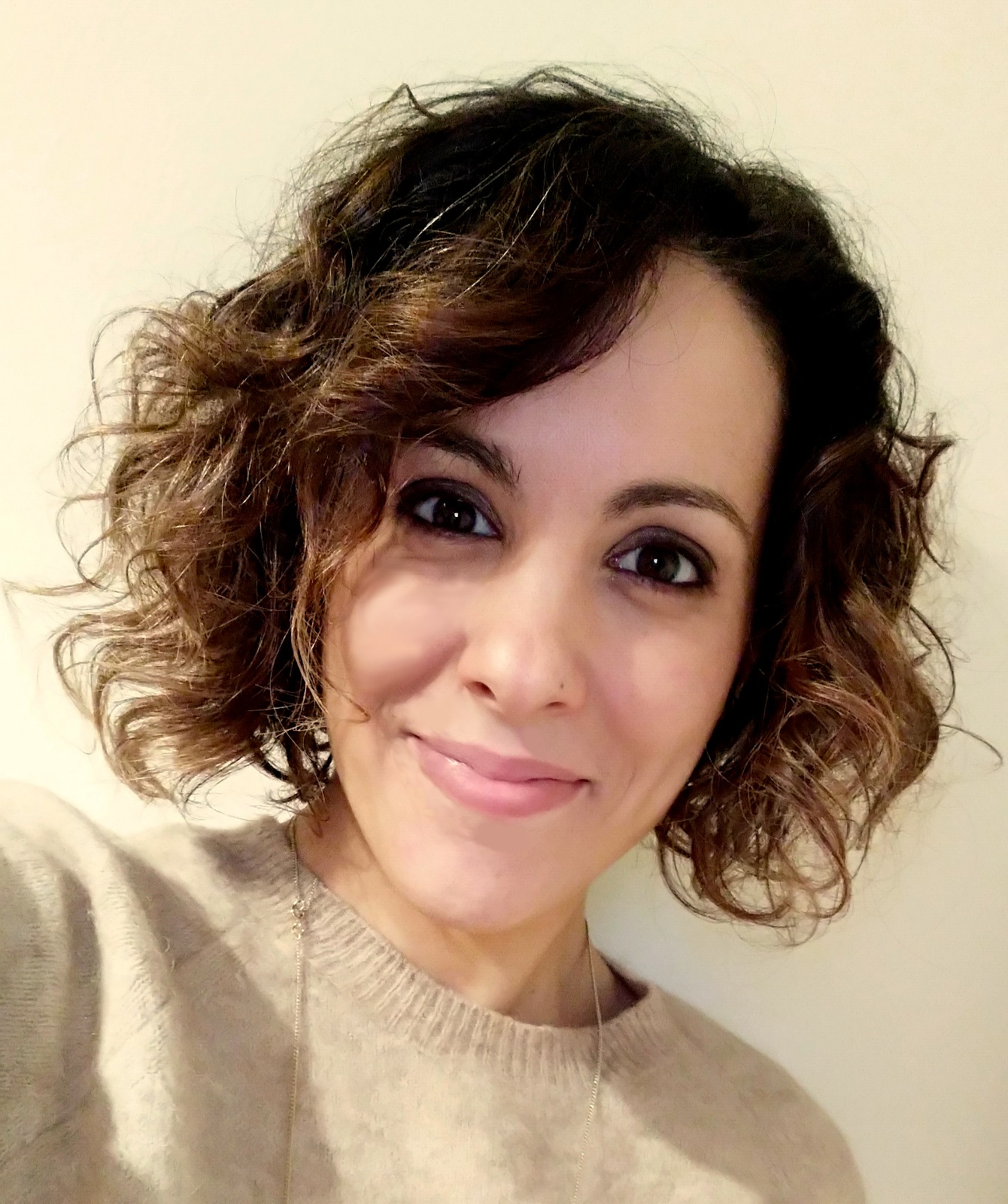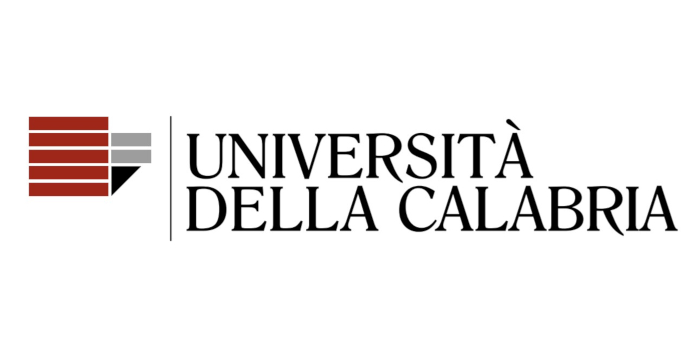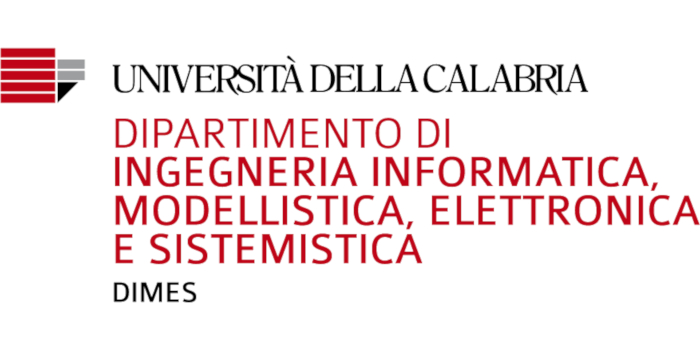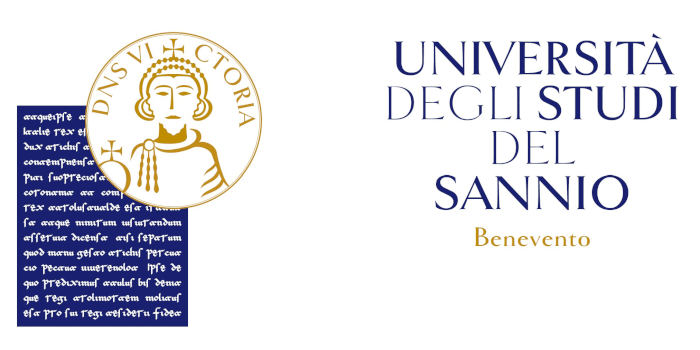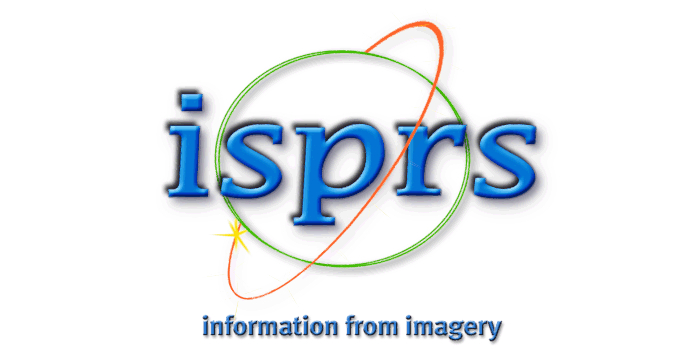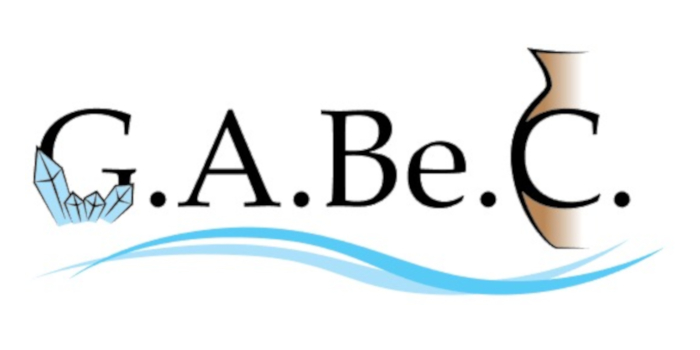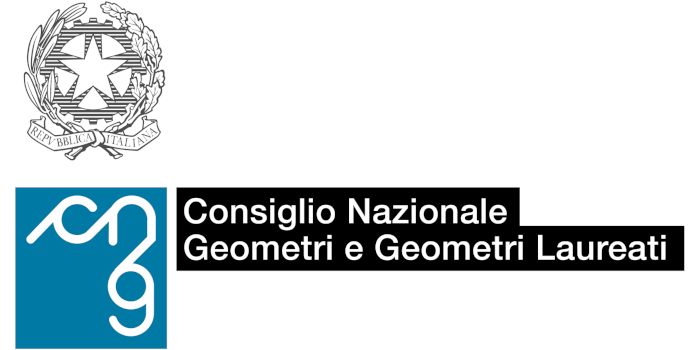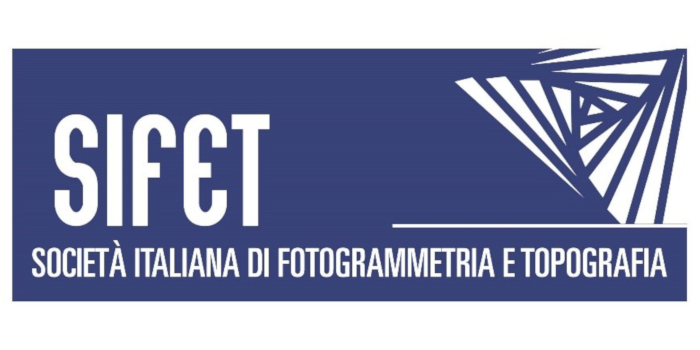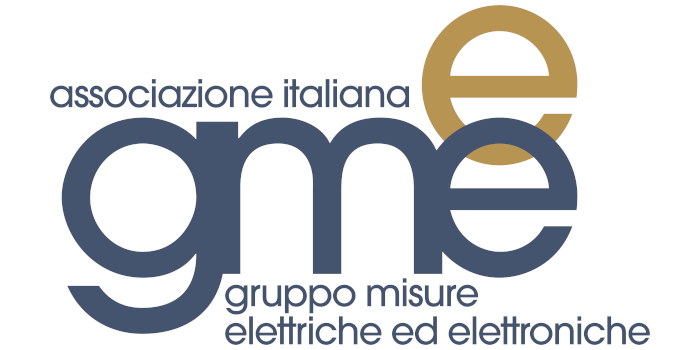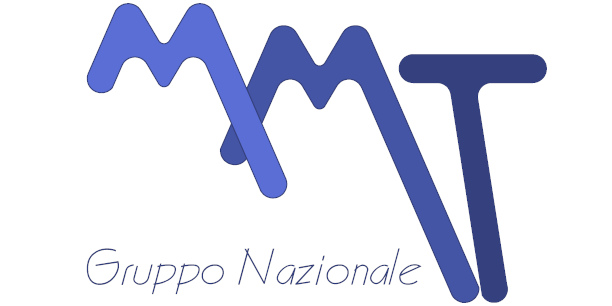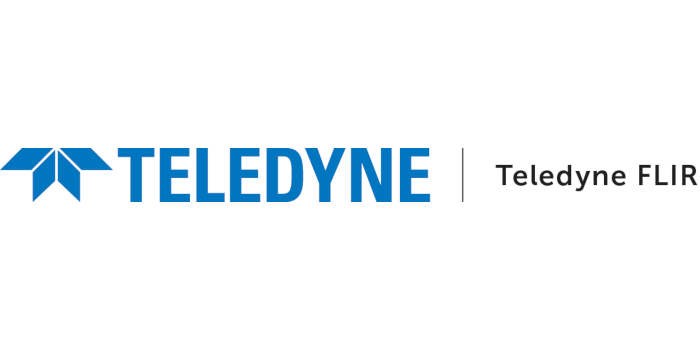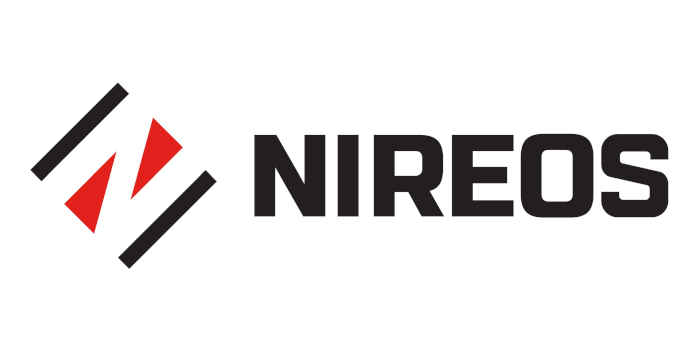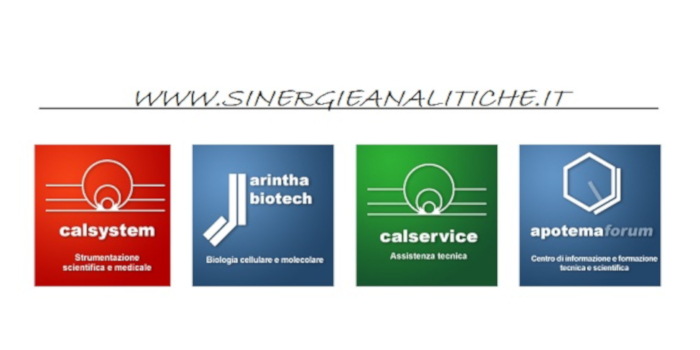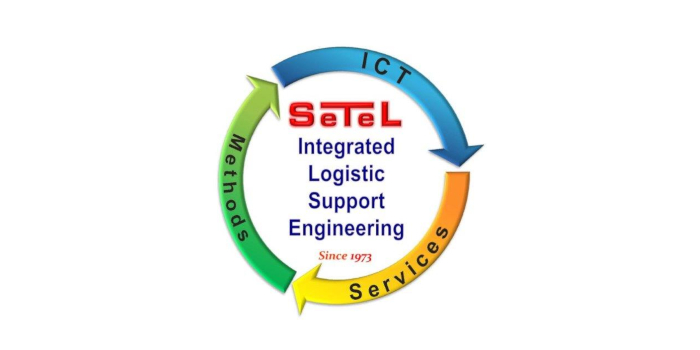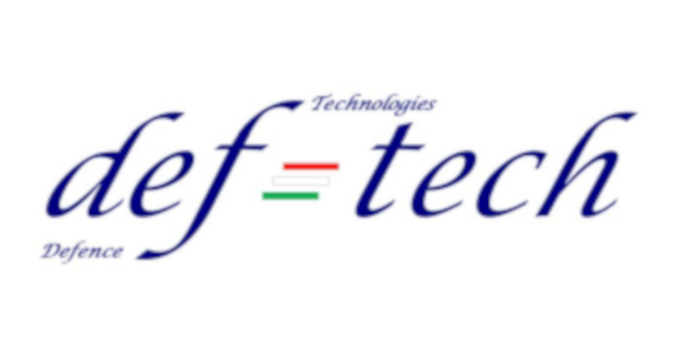ARCHAEOMETRY FOR ARCHAEOLOGY AND CONSERVATION SCIENCES: PROVENANCING, TECHNOLOGY AND CONSERVATION OF CULTURAL HERITAGE MATERIALS FROM SITES AND MUSEUMS
ORGANIZED BY
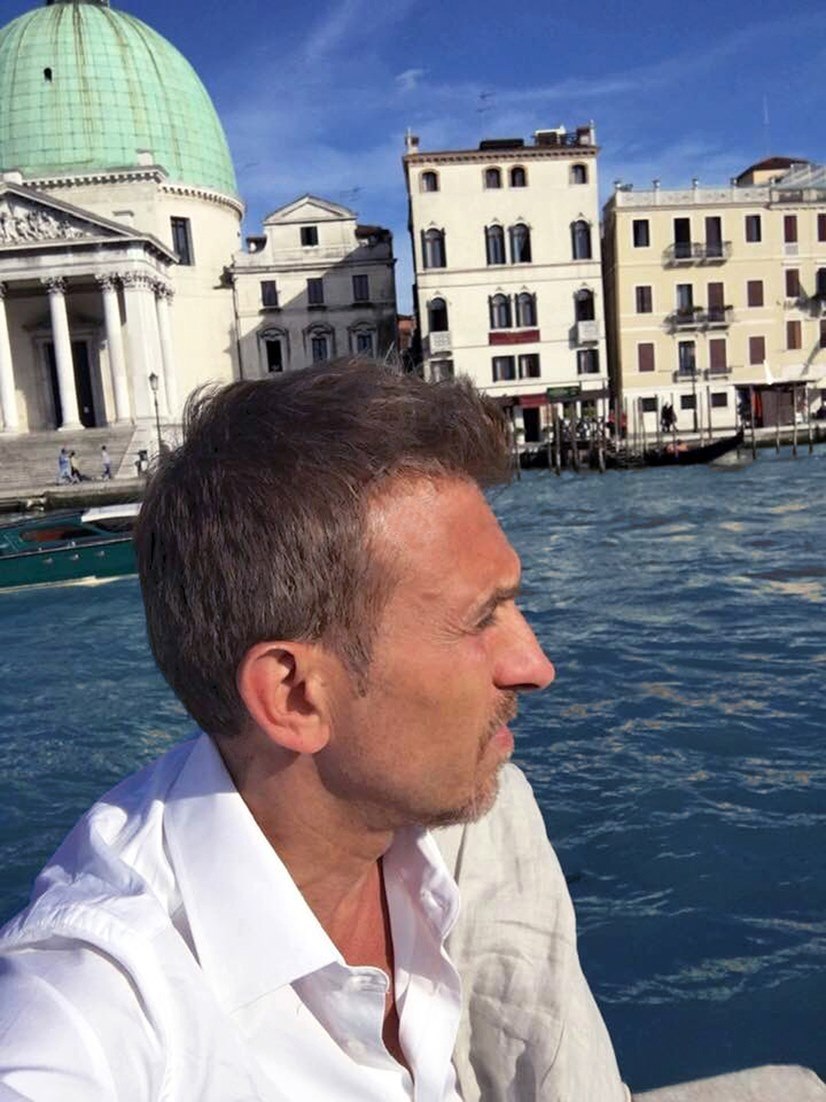
Fabrizio Antonelli
Iuav University of Venice, Italy
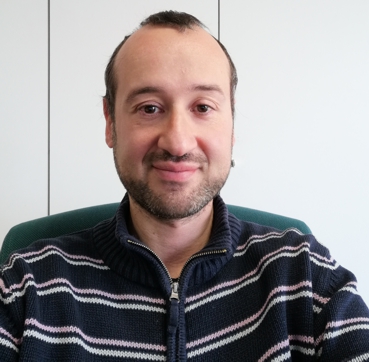
Domenico Miriello
University of Calabria, Italy
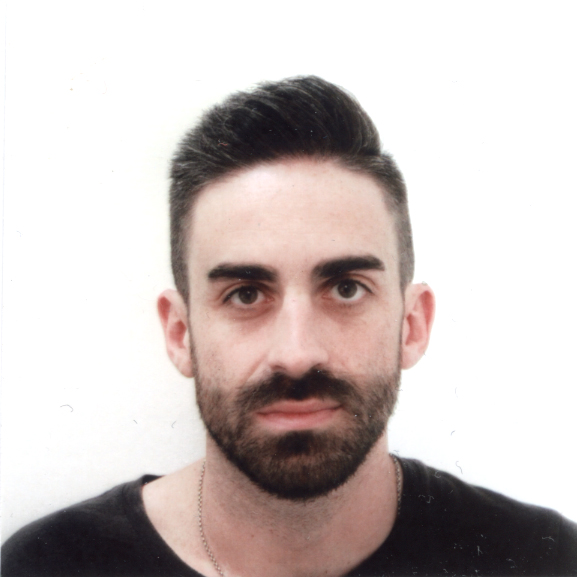
Michele Secco
University of Padova, Italy
Elena Tesser
Iuav University of Venice, Italy
ABSTRACT
According to the modern concept, archaeometry corresponds and refers “to the development and application in archaeology and cultural heritage field of techniques and concepts drawn from the natural sciences and engineering”.
Therefore, from a service discipline to resolve archaeological and conservation issues, archaeometry became a fundamental part of archaeology itself, but also a key diagnostic tool for planning restorations. In this view, the present session focuses on the application of scientific methods, such as those used in mineralogy, petrography, geochemistry, geoarchaeology, geophysics, chemistry and physics for the study of ancient materials from archaeological sites, historic buildings and museums: stone and lithic artifacts, ceramics, glass, mortar-based materials, pigments, metals and wood. It will guest contributions addressed to solve provenance and conservation issues, as well as aimed to characterize the construction techniques and to define the production technology of ancient materials.
Analytical methods focused on the knowledge of the archaeological artifacts composition usually produce a large number of datasets. Therefore, additional methods, such as geostatistic tools, can provide an adequate support for the management of these data. Finally, besides the characterization of materials from archaeological sites and historical or monumental buildings, an appropriate planning of preservation strategies is also required by using innovative materials and products, as well as appropriate digital documentation for a long term fruition of archaeological heritages by means of geomatics tools.
TOPICS
The themes proposed for the special session are:
- characterization, diagnosis, dating, provenance and technology of materials from archaeological contexts and ancient architectures;
- innovative, non-invasive and non-destructive methods for the scientific investigation of archaeological heritages;
- study of the stability of treatments used for the conservation of cultural heritage;
- archaeology and geomatics;
- archaeology and geostatistics;
- archeological geophysics.
ABOUT THE ORGANIZERS
Fabrizio Antonelli, is Full Professor of Georesources and minero-petrographic applications for the environment and cultural heritage (GEO/09) at Iuav University of Venice (Italy) where he teaches “Petrography applied to the materials of the architecture” and “Geomaterials of the historic buildings” at M.Sc. and B.Sc. levels, respectively. Since 2015 he has been the Scientific Head of the LAMA - Laboratory for the Analysis of Ancient Materials and the Laboratory for the Conservation of Building Materials (LabCoMaC) of the IUAV University of Venice. Prof. Antonelli is an internationally recognized expert in archaeometric studies of ancient marbles and stones. His main research interests include also ceramics, mortars, and glass as well as the application of mineralogy and petrography sciences to the restoration and conservation of building and ornamental materials of the cultural heritages. Prof. Antonelli has been the PI and key-person of many peer-reviewed national and European research projects. He organized several conferences and sessions at international and national congresses on archaeometry and geosciences for cultural heritage. He has published more than 100 papers in national and international ISI journals.
Domenico Miriello, is Associate Professor of Georesources and minero-petrographic applications for the environment and cultural heritage (GEO/09) at University of Calabria (Italy). He is the scientific director of the X-ray and Raman Spectroscopy laboratory at DiBEST (UNICAL). The research carried out by Prof. Miriello concerns the mineralogical and petrographic study of natural and artificial stone materials of the cultural heritage, aimed at solving problems of an archeometric nature, with particular reference to mortars, plasters, ceramic materials and rocks. He is associate editor for “Studies in Conservation” and he has published more than 100 papers in national and international ISI journals.
Michele Secco, is Assistant Professor of Mineralogy for Cultural Heritage (GEO/09) at the Department of Cultural Heritage of the University of Padova. His research focuses on the mineral-petrographic, chemical, microstructural and physical-mechanical characterization of industrial and cultural heritage structural and architectural materials, combining the advanced application of classic analytical techniques, such as X-ray diffraction, optical and scanning electron microscopy, X-ray fluorescence and electron microprobe analysis, with innovating techniques such as X-ray microtomography and 2D/3D digital image analysis. He is author and co-author of several peer-reviewed scientific papers on the aforementioned topics, and he participated, also as invited speaker, to several scientific and technical conferences, seminars and workshops on the fields of competence.
Elena Tesser, is Ph.D in Chemical Sciences and currently technical manager of the Laboratory for Analysing Materials of Ancient origin (LAMA) and Laboratory for the Conservation of Building Materials (LabCoMaC) of Iuav University, where she teaches “Chemistry for Cultural Heritage” (SSIBAP) and supports teaching activities of “Petrography applied to the materials of the architecture”. Since 2018, she is visiting professor at UIA – International University of Art in Venice for the education of “Chemistry for Restoration”. Her research focuses mainly on quantitative and qualitative analyses for the characterization of materials of art (glass, stones, pottery, plastic materials) and on the study of the stability of conservative treatments. She has published several scientific papers in international and national journals and in the proceedings of international congresses.
